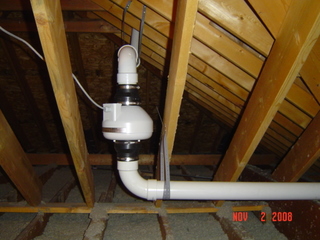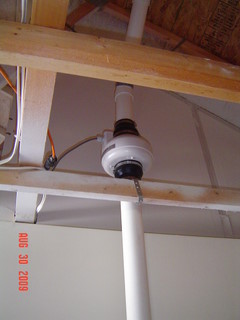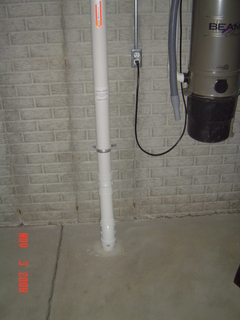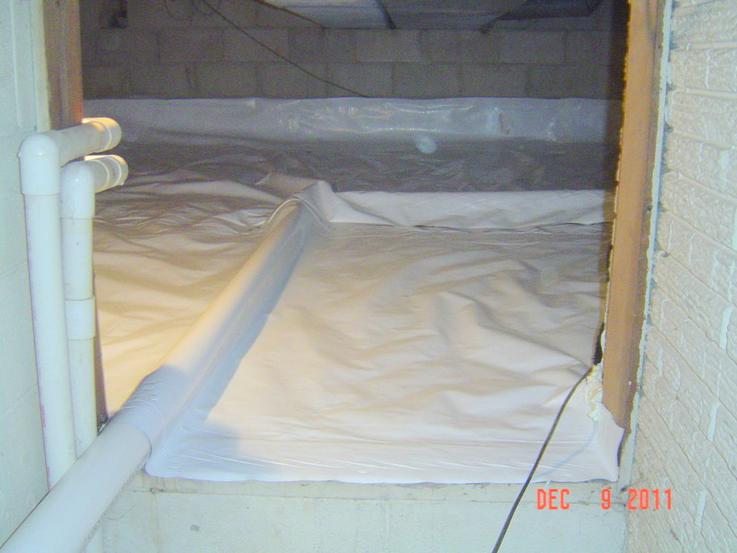How Radon Mitigation Works

There are four basic types for radon gas reduction or radon gas mitigation systems.
Sub-slab depressurization system (SSD)
A hole is made in the basement in the concrete floor and a suction pit is made. PVC pipe is run from the suction pit to the location of the fan. The fan is applying a vacuum to underneath the concrete floor and radon gas can be easily collected from beneath the building and is discharged outside.
Sump Pump Pit Depressurization System (SPD)
The sump pump cock is used as the suction pit. PVC pipe is run to the location of the fan. The fan is applying a vacuum to the sump pump pit and radon gas can be collected and discharged outside. If you have a high water table in the ground this could be a good option for you. Due to water being in the sump pump cock, more moisture is vented out through the system and the better chance you have of condensation problems and ice blocking the radon gas in very cold weather. This system requires that removable coupling are used on the PVC pipe on the sump pump cover. When the sump pump is worked on or replaced, the removable coupling can be damaged or not sealed properly.
Drain tile Depressurization System (DTD)
A hole is made in the basement in the concrete floor and a suction pit is made. PVC pipe is run from the suction pit to the location of the fan. The fan is applying a vacuum to underneath the concrete floor and radon gas can be easily collected from beneath the building and is discharged outside.
Sub-membrane Depressurization System (SMD)
This system is used when you have a dirt or gravel basement floor. Polyethylene membrane is placed over the exposed soil or rocks and over PVC pipe. PVC pipe is run to the location of the fan. A fan is applying a vacuum under the membrane and the radon gas is collected and discharged outside.
Your radon mitigation fan will be running twenty four hours a day, seven days a week for as long as you live in the house. The fan is in operation removing your radon gas from your home it will be making a humming noise.
The best fan location is in the attic of you home. The PVC pipe runs out the basement through a closet and into the attic and out the roof. The PVC pipe is taking radon gas, other gases and moisture from under the basement floor. PVC pipes running through your home which helps keep the PVC pipe and gases the warmest for the longest period time. This system has the least chance of freezing and is the most challenging and expense to install. We install this radon gas mitigation system approximately 5% of the time.
The PVC pipe runs out the basement into the garage and out the roof or side wall depending on the design of your home. Air temperature in the garage is usually warmer than outside but not as warm as the inside of your home. Condensation will form. The moisture has more time to cool down to form condensation and freeze when very cold outside. We install this radon gas mitigation system approximately 60% of the time.
When the fan and pipe are located on the outside of your home. This gives the condensation the best chance to freeze and block your pipe. This is usually the easiest and least expensive radon reduction system to install. We install this radon mitigation system approximately 35% of the time and usually for home is for sale or due to the design of home.





